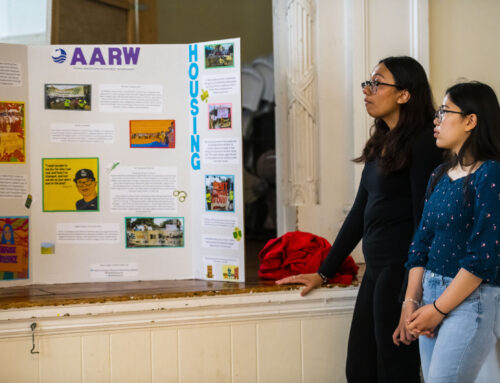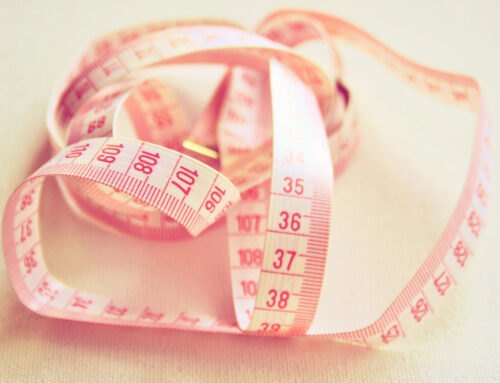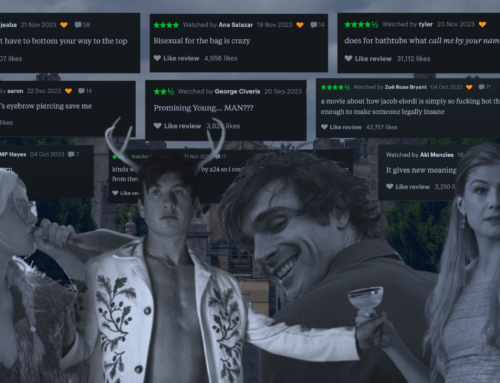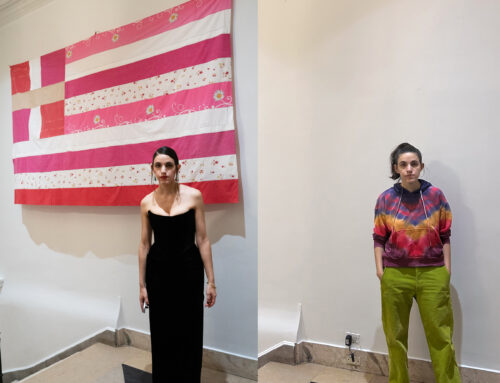From Print Issue 3: Community.



Art by: Ieva Ragauskaite
Imagine a teenage girl, one who reads classic literature and smokes cigarettes because she couldn’t care less about living if she doesn’t feel alive. She replaces her next-door neighbor’s car tires with sandwiches because who else would even think to do that, and despises the social hierarchy despite her ability to exist at the top of it.
Or if you’d prefer, imagine the school nerd who’s never had a boyfriend, but who becomes exquisitely pretty and revered by her classmates once she takes her glasses off. Or maybe the girl who drinks only scotch and watches sports and exclusively hangs out with boys because “girls are too much drama,” who is blessed with an impeccable dressing sense and desirable looks that she would never dare to taint with makeup.
Underneath each persona lies a common aspect – she’s not like other girls. Unlike other girls, she’s different—this difference is often shown to us in Doc Martens and nonchalance.
On the opposite end of the spectrum, the “other girl” is the quintessential girl, the model of femininity. She keeps up with the Kardashians but never politics, instead playing her part in the government of high school, as the Queen Bee trashing the lowly sweatpant wearers and the girl leading the clique standing behind her. She exists as a foil to the “not like the other girls” girl — often dumped in favor of the unique girl by the male protagonist or serving as the bully that sparks the unique girl’s makeover into a newly beautiful but still special girl.
These eccentric girls, Margo Roth Spiegelman in Paper Towns or Arya Stark in Game of Thrones or Cady Heron in Mean Girls, are often being used to demolish what was once the ideal female character: the blonde, popular, well-dressed prototype. Now, donning their brunette hair, these indie, eccentric girls are lauded for breaking the glass ceiling of what femininity once represented. But doing so simply created a new trope and a new standard for girls to be compared and pitted against. Underlying these female characters is the idea that being simply normal isn’t acceptable. Now that the pink tracksuit-wearing popular girl image is mainstream, this new trope has taken its place, perpetuating the categorization of girls. Because essentially, to be cool is to be separate from other girls.
Personally, I avoided the color pink as a child. Its association with girliness seemed to subvert the persona I had built for myself, in which I ate lunch with my few boy friends who didn’t really seem to enjoy my company and played soccer badly at recess. Even as a young girl, the idea that male friendships were more rewarding than those of females was ingrained in me. As I got older, I understood that being friends with boys and not wearing the color pink didn’t make me somehow better, and my attempts to differentiate myself from other girls by holding their interests in a negative light had only alienated me from them and perpetuated the misogynistic ideals of what a girl should be. Phrases condemning girls for their so-called pettiness and drama had become so normalized, internalized and pervasive in even schoolchildren.
Nothing is wrong with being the mysterious witty girl, or the tomboy girl, or the introverted girl, or even the “other girl.” Because if we are women and want to be women, we are like other women, regardless of our specific interests. Labeling one type of woman as lesser or better than another reduces women to their superficial stereotypes, turning girlhood itself into something divisive and toxic. The phrase “I’m not like other girls” throws some women under the bus to further others.
When women say “I don’t fit in with other girls” or “I’m not interested in hanging out with girls–they’re too dramatic,” this is a direct product of the glorified ideal of “not being like the other girls.” Sticking with men and looking to make yourself distinct from other girls, is turning a blind eye to the importance of having female support. But when women ignore the tropes and hierarchies, there is a great opportunity to make strong friendships. Women, once free of the competition they feel they have against other women, can be a part of a female community of platonic love — in which they can share common struggles and experiences.
A community of women, one that builds each other up instead of tearing each other down and embraces its variety of interests is extremely powerful. Coming together is important to defeat the idea of women as dramatic and petty, and will allow us to utilize both our similarities and differences to support one another, while removing the misogynistic stereotypes that surround us as women.
Buy a digital copy of Issue 3: Community here and Print here.



